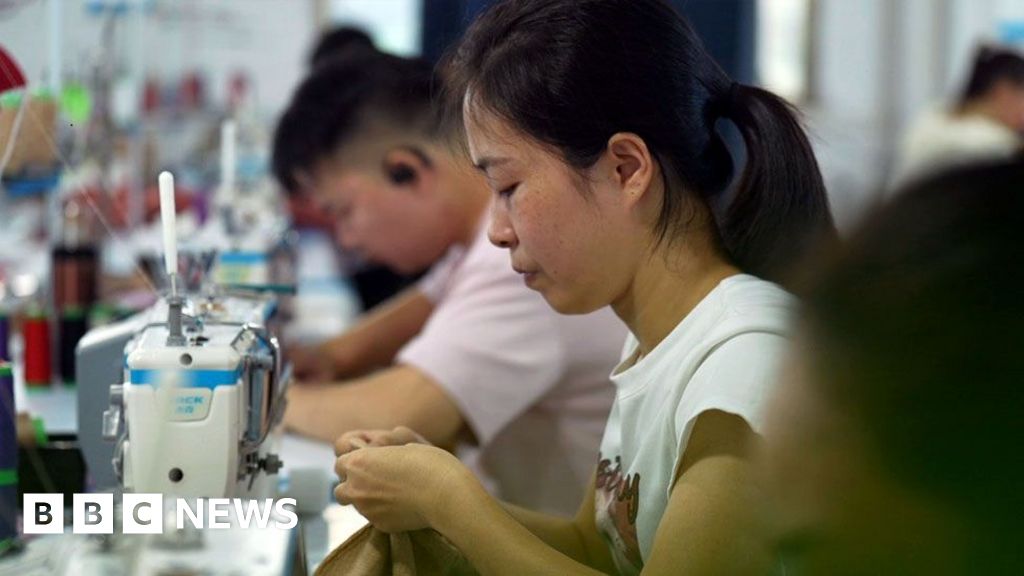Summary
Shein’s rise as the world’s largest fast-fashion retailer is powered by 5,000 factories in Guangzhou’s “Shein village,” where workers often exceed 75-hour weeks, violating Chinese labor laws.
Paid per piece, wages remain low despite long hours, with some earning as little as £10 per day.
Allegations of forced labor and child workers persist, alongside concerns over its use of Xinjiang cotton.
Shein, valued at $66bn, plans a London IPO, prompting promises of better governance.



When all other options are removed by market forces, the consumer role is diminished.
We used to have lots of choices for quality clothing at multiple retailers. I have shirts I inherited that are 30 years old that are in better condition than ones I bought last year.
The the retailers decided they wanted to make more margin by reducing the quality of the product, while keeping the price the same. They then pushed their suppliers to provide cheaper and cheaper products. At that point, when price is the driving factor, the quality manufactorers are outcompeted by the sweatshops.
The retailers and major clothing brands made those decisions by removing the quality products.
This corporate obsession with profit over all other concerns creates those toxic work environments.